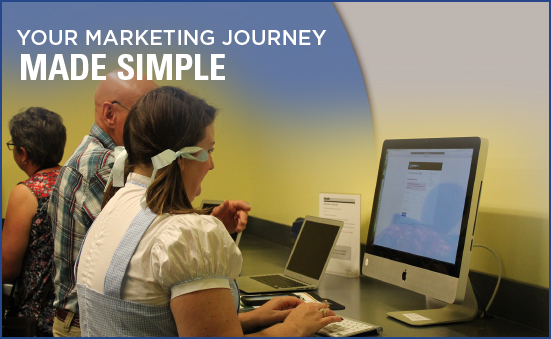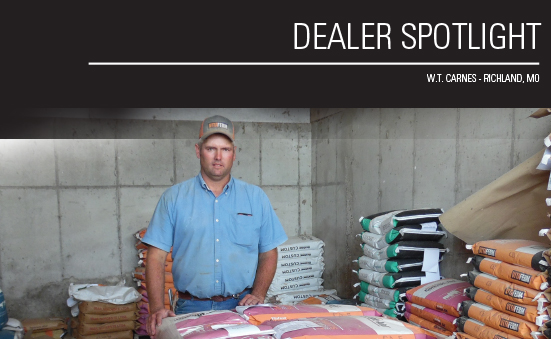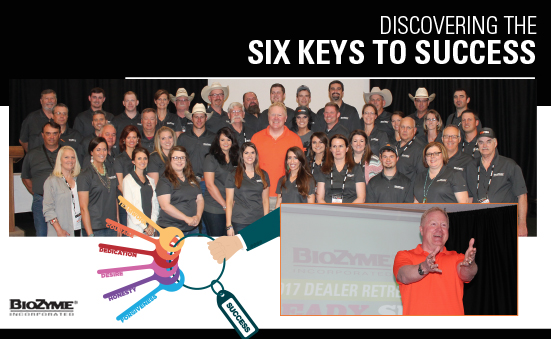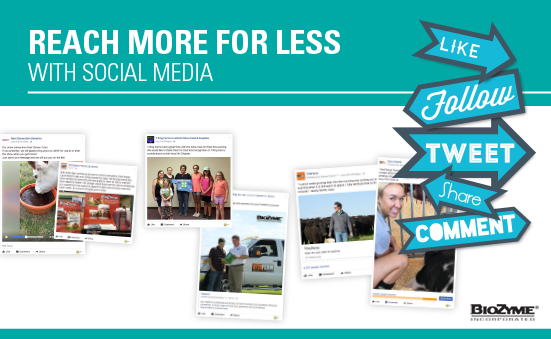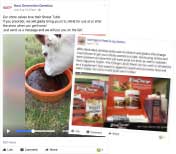Albert Einstein once said, “The only source of knowledge is experience.” While experience is usually a good teacher, BioZyme® Inc., wants its dealer network to have resources readily available to them to help them learn along the way.
The staff at BioZyme works to offer educational tools that will fit the needs and learning styles of its diverse group of dealers. We know that everyone is busy, and everyone absorbs information differently. That is why we offer resources like printed materials, the Online Dealer Center, webinars, the Facebook group, Area Sales Managers and office staff to assist you when it comes time to learn about products.
During the recent Dealer Retreat, dealers had the opportunity to share with each other and some of the BioZyme staff what educational tools they found most helpful and how they would like to be further assisted during a “Dealers to Dealers” session led by National Sales Director Alan Lee and Outreach Support Center Director Jennifer Miller. Survey questions were answered anonymously through a texting app that let dealers respond from their own phones and led to open discussion.
A majority of dealers did indicate that they use at least one or more of the primary forms of education available to them: their ASM, printed literature, the Online Dealer Center and BioZyme Office Support. Most ASMs do cover a large geographic area or represent a great number of dealers. In an effort to provide even more support, a dedicated call center is being rolled out this month, to help the company stay in contact with its dealers and sub dealers. Regular calls and emails will be going out to the network to ensure that the dealers have all the resources they need. Miller is heading up these efforts.
One of the best ways dealers can learn from one another is through exchange on the Message Board in the Online Dealer Center. The Message Board is an outlet to post your questions, share what has worked for you, and receive input from others in the same business.
It was agreed upon that customer testimonials and results from research trials were both useful information when sharing products with potential customers. Dealers in the sessions would like to see more region-specific testimonials. If you have a customer success stories that you would like to share with the marketing department, please contact your ASM with those success stories so they can relay information to the Marketing Team. Also, if you need specific research on a topic, check with your ASM, as he or she is a great resource.
Finally, don’t be afraid to share what has worked for you as a dealer. Share your thoughts on the BioZyme Dealer Facebook page or let us feature you in the Dealer Spotlight in VISION. Share what’s on your heart. Chances are, there is another dealer in this big network looking for a solution that you’ve already discovered. Or, if you are one of those dealers facing a challenge, reach out to another dealer. We’re in this together.

